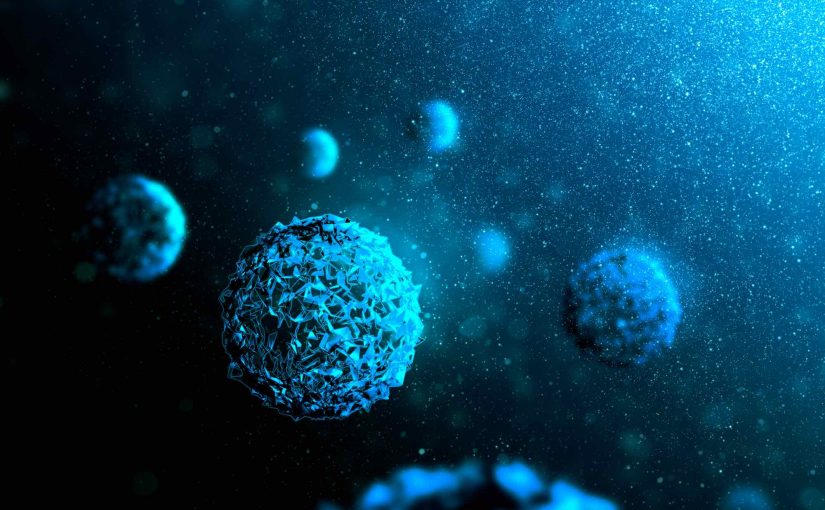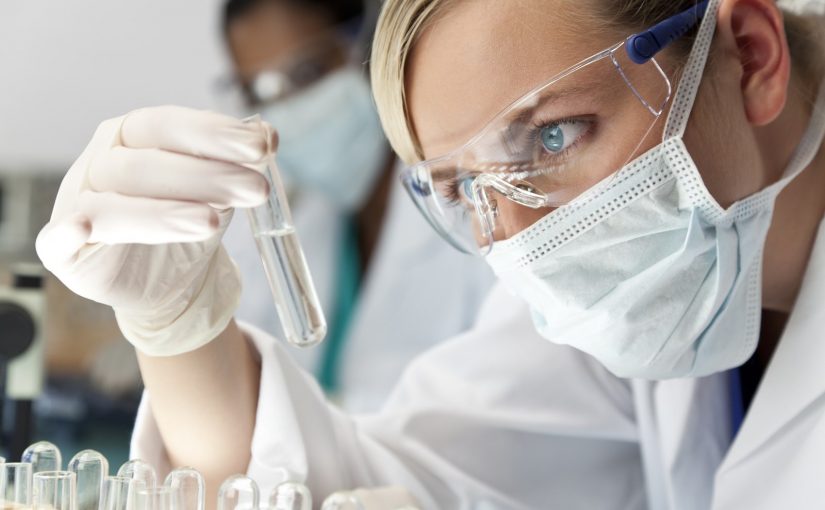The common and convenient practice of drinking water and other beverages from plastic bottles comes with downsides. You already know that buying a bottle of water costs more than filling a glass or reusable bottle at the tap. Using plastic drinking bottles also produces negative effects on health and the environment.
Harmful Chemicals
Many studies show that polycarbonate plastic, a type of plastic used in many household and food products, gradually leaches a chemical called bisphenol-A (BPA) into foods and liquids that are stored in containers made from this material.
According to healthnews.org, the chemical compounds released by these plastics can alter hormones and have other potential human health effects. Animals, including more than 180 species of which have been documented to ingest plastic debris, are also affected by the chemicals and can be permanently injured or die as a result of the poison.
Environmental Impact
Bottled water is destructive to the environment. It is a fact that 67 million water bottles are thrown away each day.
That’s a staggering amount of waste considering only 10 percent of these water bottles are ever recycled. Despite the good reputation recycling has, this practice is not always best for the ecosystem as it is labor-intensive, costly and burns natural resources. Also, just because you are throwing your used water bottles into the recycling bin, it does not necessarily mean they are able to be recycled.
During the production most bottled water is packaged in PET (polyethylene terephthalate) plastic bottles which are derived from crude oil. It can take up to 3L of water to produce 1L of water.
Another problem with bottled water is the incredible amount of fuel needed to transport these heavy loads of plastic (and sometimes glass) bottles to your local supermarket, home or office.
Who regulates it?
The Environmental Protection Agency (EPA) regulates tap water, which is considered a public utility, while the Food and Drug Administration (FDA) regulates bottled water, which is deemed a food product.
The Safe Drinking Water Act requires FDA regulations for bottled water to be at least as stringent as those imposed by the EPA for tap water, and bottled water must be tested for the same contaminants as tap water. The bottled water industry touts bottled water as one of the most regulated food products in the country. Bottlers must adhere to the FDA’s Quality Standards, Standards of Identity (Labeling Regulations) and Good Manufacturing Practices.
The Natural Resources Defense Council asserts that bottled water regulations are inadequate to assure consumers of purity or safety. The NRDC claims that bottled water is subject to less rigorous testing and purity standards than those required of city tap water. The NRDC notes that bottled water is required to be tested less frequently than city tap water for bacteria and chemical contaminants, and that bottled water rules allow for some contamination by E. coli or fecal coliform while tap water rules prohibit any contamination with these bacteria.
Bottled water is expensive
Americans spent $10.6 billion on bottled water in 2013 and paid up to 1,000 times the cost of tap water. And almost half of all bottled water (48.7 percent) came from municipal tap water supplies in 2013. A growing share of bottled water is now coming from tap water.
Alternatives
When you’re on the go, carry water with you in metal bottles, which are safer than plastic, according to the Natural Resources Defense Council. Metal drinking bottles can be filled—and refilled—with tap water; the metal won’t leach chemicals into your water. If you dislike the taste of your tap water, use a filter to remove bad-tasting minerals. Although water filters cost money, you will save in the long run if you filter water at home rather than purchasing bottled water as your main source of drinking water.
Sources :
http://www.pbs.org/frontlineworld/stories/bolivia/waterbottle.html
http://articles.mercola.com/sites/articles/archive/2011/01/15/dangers-of-drinking-water-from-a-plastic-bottle.aspx
http://www.cleanup.org.au/au/Whatelsewesupport/avoid-bottled-water.html
https://www.banthebottle.net/articles/plastic-water-bottles-impose-health-and-environmental-risks/
http://www.foodandwaterwatch.org/water/bottled/bottled-water-bad-for-people-and-the-environment/
http://www.huffingtonpost.com/norm-schriever/post_5218_b_3613577.html
http://www.livestrong.com/article/183101-the-negative-effects-of-using-plastic-drinking-bottles/
http://www.environmentalhealthnews.org/ehs/news/dangers-of-plastic





